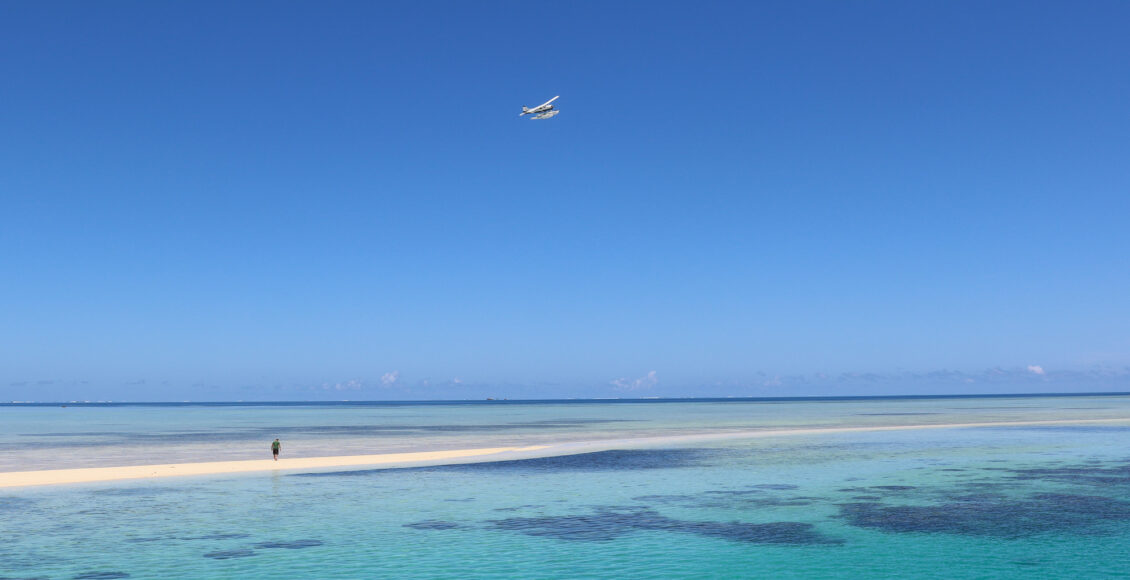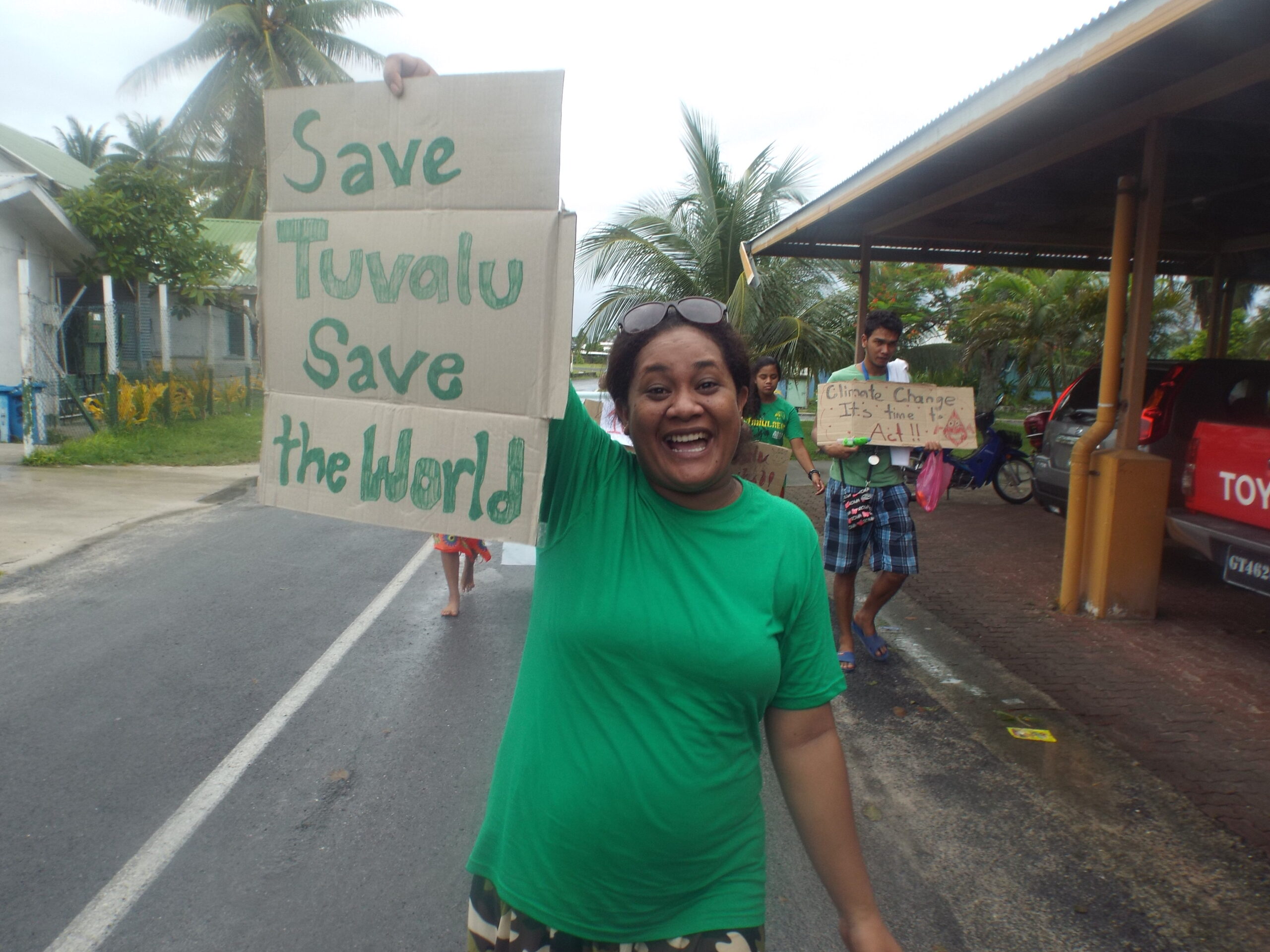The Pacific Islands’ Strategy of Nonalignment
Collaboration with Canberra's The Kosciuszko Review, to get their unique Pacific perspective.

The threat of COVID-19 to the Pacific Islands has dominated public health discourse. Less has been said about the threat posed by tuberculosis. Yet, on June 26, the Australian government pledged a further $8.3 million in research funding to tackle the spread of TB throughout the region.
“The Government recognizes [that] the health and prosperity of Australia and countries in our region are deeply intertwined,” read the announcement. “[We are] committed to supporting our Pacific neighbours.”
In the midst of a global pandemic that has taken the lives of over half a million, this may appear surprising. However, in the context of a silent regional struggle for power, Australia’s strategic logic is clear.

In The Cold War: A New History, John Lewin Gaddis describes state nonalignment as a policy by which “tails wag dogs.” In the febrile ideological environment of the Cold War, he recounts, small states were able to exact large concessions from America and the USSR by threatening to “defect” to the opposing side. Gamel Abdel Nasser of Egypt courted the Americans for funding of his Aswan High Dam project. He then switched sides, offering sympathy to the Soviet cause by buying arms from Czechoslovakia. In doing so, Nasser played the Great Powers against each other for his own benefit. His example was followed by other Cold War leaders, including Josip Tito, Jawaharlal Nehru and Zhou Enlai.
These patterns re-emerge today in the foreign policy of the Pacific Islands. Like the Cold War’s nonaligned states, the region has found itself caught between two local powers. Australia’s image as an American outpost in the South Pacific has frequently pitted it against China. A recent trade spat following Australia’s push for an independent commission into the origins of COVID-19 has underscored these strategic tensions, which persist despite a robust commercial relationship.
For the Pacific Islands, these tensions provide rare diplomatic leverage.
Australia’s “forward defence with a twist” geostrategy relies on maintaining strategic cooperation with the Pacific Islands as a foil to Chinese expansion. Two recent initiatives – Malcolm Turnbull’s “Step Change” and Scott Morrison’s “Step Up” — have been launched with the intention of garnering Pacific support by directing additional funds from the foreign aid budget towards the region. From 2017-2018, the region received $912.3 million in funding. Correspondingly, the 2017 Defence White Paper declared the region “vital to our ability to defend… our borders” from China.
Some strategists have gone further. Professor John Blaxland of the ANU and Former Prime Minister Kevin Rudd have written on the possibility of a “great compact” between Australia and the Pacific, in which Islanders are given Australian citizenship in return for land and sea military partnerships.
These suggestions have been shot down, accused of promoting “imperial thinking” by Tuvalu’s Prime Minister, Kausea Natano. Kiribati’s President Taneti Maamau, however, has stated that such an offer would be “difficult to turn down”.
Australia has had similar problems with selling joint initiatives in the past. When Australia offered him funds at the 2019 Pacific Islands Forum to help Islanders tackle climate change, President Maamau responded by lambasting Australia’s domestic climate policy. Maamau suggested that Australian attempts to help the Pacific tackle global warming appear disingenuous, given that Australia remains the world’s largest coal exporter. Mixed responses to Australian advances have characterized much of its engagement with the Pacific. Often, for every step Australia has taken towards its “Pacific partners,” regional leaders have taken a step back.
Two potential reasons exist for the difficulty Australia has faced in the region. I have written elsewhere about the first — a paternalistic attitude that has seen Australia throw money at the Pacific without addressing the issues which most affect it. The second is the Pacific Islands’ regional geostrategy of nonalignment.
In keeping with this strategy, for every attempt by Australia to shore up support in the region, Pacific actors seek a corresponding bid from China. Last year, Scott Morrison visited the Solomon Islands, pledging $250 million dollars to finance local construction projects for over ten years. Just months after his visit, however, the Islands established diplomatic ties with Beijing, joining its Belt and Road infrastructure initiative. Similarly, just months after seeking concessions from Australia at the 2019 Pacific Islands Forum, Island States attended a China-Pacific Island Countries Economic Development and Cooperation Forum, securing further financing.
In a “tug-of-war” environment, Australia must accept that for every pull it makes, China is likely to pull back. Just as Australia has security interests in the Pacific, it must be accepted that Pacific states have their own interests, and will seek to exact as much benefit from the Sino-Australian rivalry as possible. Such a consideration is relevant because it highlights a potentially false assumption in Australia’s present strategy: the notion that Pacific states can be “bought.” Under its current strategy, Australia has sought to increase influence in the Pacific by economic means. The problem with this arrangement is that China is financially positioned to outbid Australia. In 2017 China pledged a further US$4 billion in aid to the region, in comparison with Australia’s US$815 million.
Bridging the economic gap requires that Australia double down on its ideological connection to the Pacific. This means emphasizing a history of cooperation, as well as Australia’s peacekeeping role in the region, exemplified by involvement in Bougainville (1998) and the Solomon Islands Civil War (2000). It also means that Australia must prove that it shares the priorities of the Pacific, particularly on issues like climate change, which Pacific leaders have jointly stated represents “the single greatest threat to…Pacific Island peoples.” Without a genuine commitment to such issues, Australia risks capitulating to China in the region.

To understand that many Pacific Islands states follow a strategy of nonalignment is to understand that, in its contributions to the region, Australia must remain competitive.
This article was originally published in the Kosciuszko Review on July 16, 2020.
Featured image: “Pacific Island Air DQ-GWW over Ro Ro Reef, Mamanuca Islands, Fiji”, by Lamity, under license CC BY-SA 4.0.
